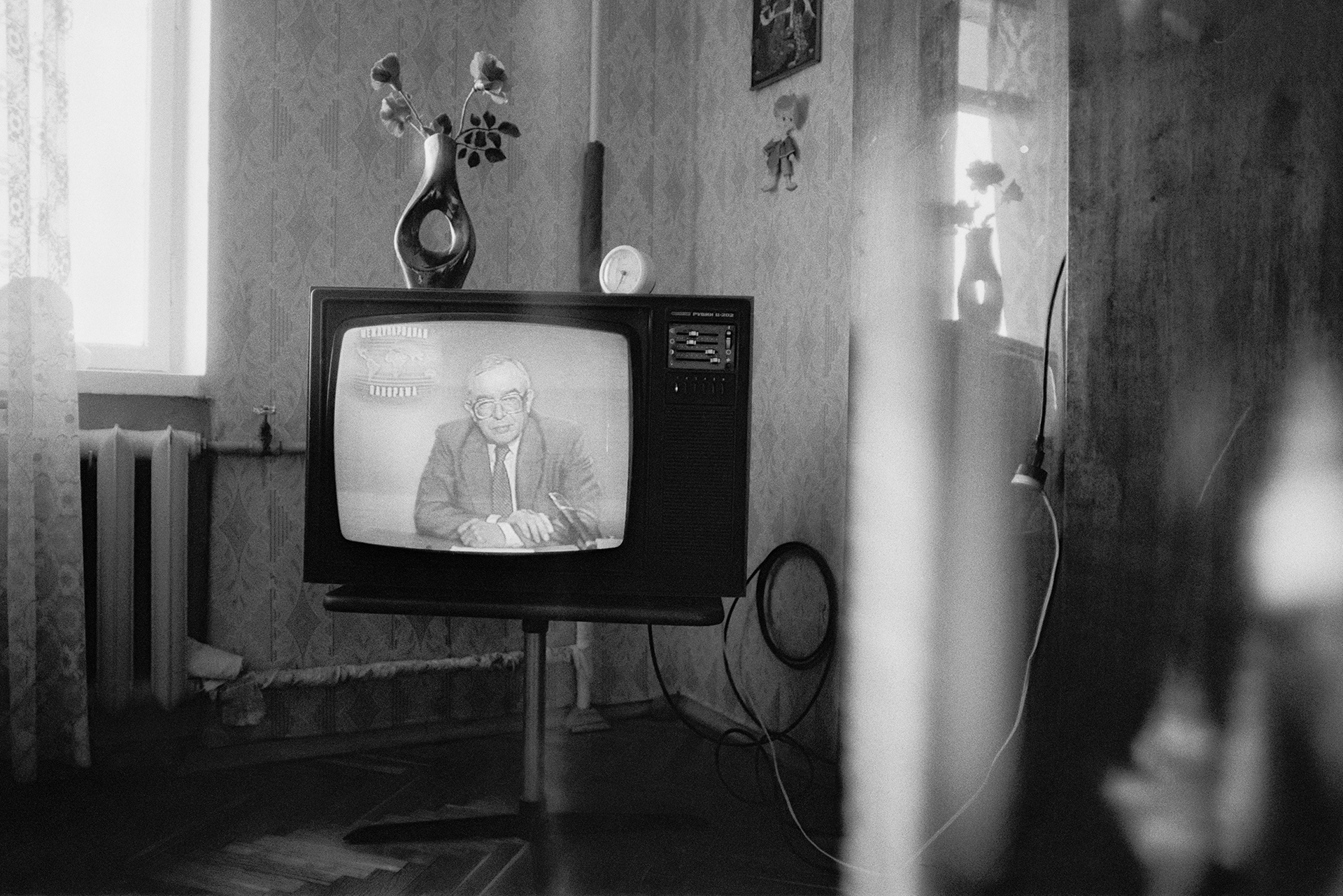Quite unknown outside of his country, Igor Mukhin takes us on a tour of his native Moscow, from the 1980s to the present. This photographic journey, crisscrossing the city and traveling through history, can be savored in an exhibition or in the book, Generations: From the USSR to the New Russia.

You’re getting blind.
Don’t miss the best of visual arts. Subscribe for $9 per month or $108 $90 per year.
Already suscribed ?
Read More: Michael Schmidt: A New German Perspective



